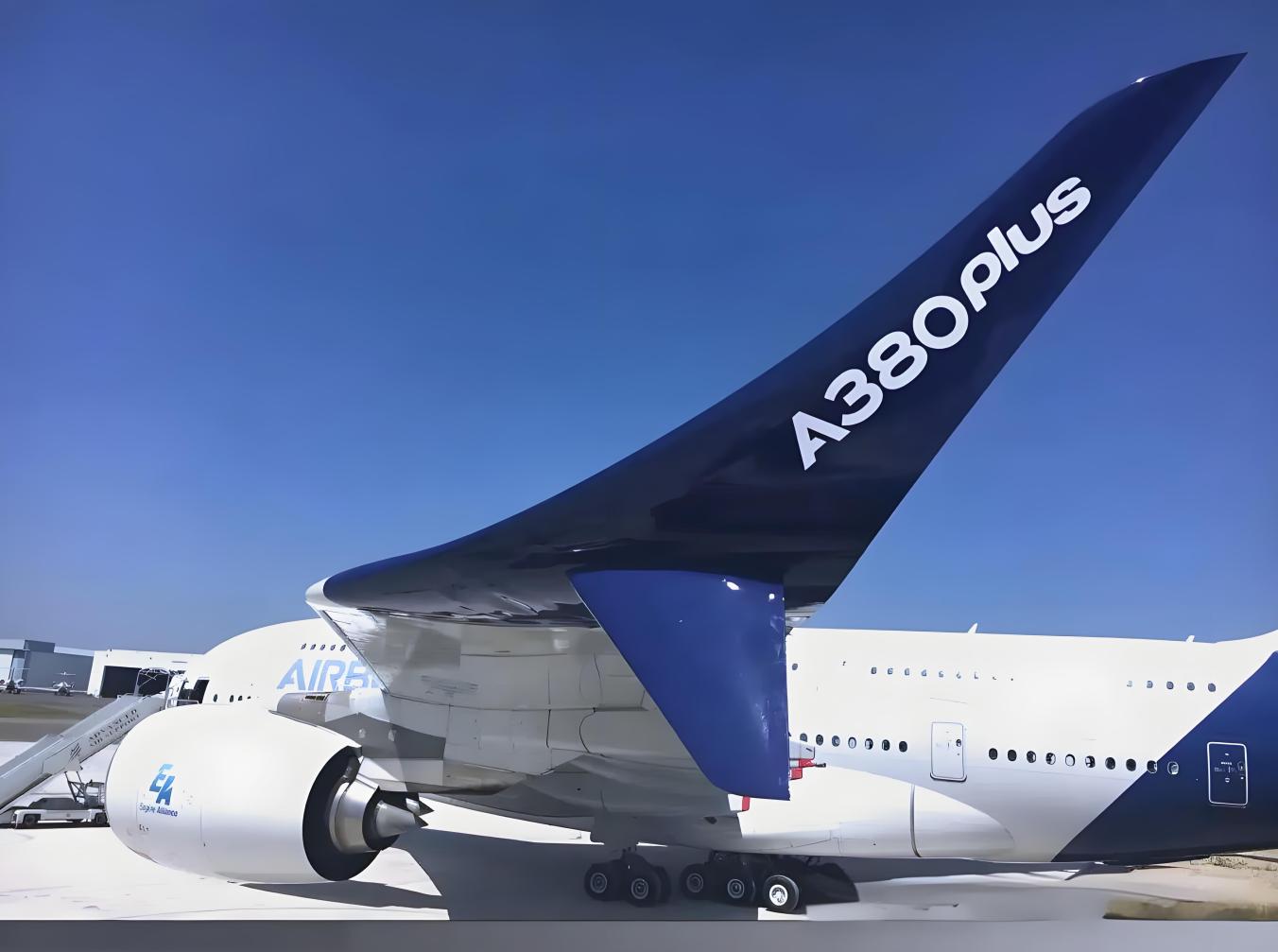
In the landscape of global aviation manufacturing, Airbus and Boeing have long maintained their dominance, and the order dynamics in the European and American markets—core and foundational to the global aviation industry—play a pivotal role in shaping the strategic trajectories of these two aviation giants. In recent years, orders placed by Airbus and Boeing in the European and American markets have undergone remarkable and complex adjustments, reflecting the profound transformation and reshaping of the industry landscape.
Boeing finds itself in a precarious position in the European and American markets, with order volumes fluctuating wildly like a small boat in turbulent waters. Data for the first half of 2025 highlights the severe challenges it faces: orders for medium and large aircraft stood at only 55 units, a stark contrast to Airbus. In Europe, KLM has explicitly planned to replace its active Boeing 737s with Airbus A321neos and upgrade long-haul Boeing fleets with A350s, indicating that Boeing is losing market share to Airbus among some European carriers. Looking back to 2024, Boeing delivered only 348 commercial aircraft for the entire year, a significant drop from 528 units in 2023. New orders plummeted from 1,456 in 2023 to 569, with net orders after cancellations and conversions shrinking to 377. Although it secured 30 787 orders from Flydubai and 100 737 MAX orders from Turkish Pegasus Airlines in December, these failed to reverse the annual downturn. The liquidation of India's Jet Airways further compounded the difficulties, leading to the cancellation of 135 orders. In 2025, Southwest Airlines, which had planned to receive 79 737 Max aircraft, may only take delivery of 46, forcing it to adjust capacity forecasts and cut pilot and flight attendant hiring by 50% and 60%, respectively. United Airlines, citing uncertainties in the certification of the 737 Max 10, notified Boeing to halt production of related aircraft, causing Boeing's stock price to decline by 3% on March 11 and a further 4.5% on March 12.
Airbus has demonstrated relatively stable performance in the European and American markets but is not without challenges. In 2024, it delivered 766 aircraft and secured 826 net orders, both exceeding Boeing's figures. In Europe, carriers like Air France and Lufthansa have continuously updated their fleets with new Airbus models, consolidating its geographical advantage. In the U.S. market, Airbus has gradually penetrated through adaptive models, attracting orders from some U.S. carriers despite Boeing's domestic advantage. At the 2025 Paris Air Show, Airbus had generated nearly $21 billion in revenue by June 19, receiving 132 confirmed orders from clients including Saudi Arabia's AviLease, Japan's ANA, and Poland's LOT. It later signed a memorandum of understanding for 150 aircraft with Vietnam's Vietjet and an A350 order with EgyptAir. However, Airbus also faces supply chain issues; the delayed delivery of the A350 freighter due to production problems at supplier Spirit AeroSystems has impacted carrier procurement decisions.
The core reasons for order adjustments include product safety, market demand, and competitive strategy differences. The two major crashes of the Boeing 737 MAX led to global grounding and criminal proceedings. Even after recertification, safety concerns continue to cause order losses, while quality control issues such as "door detachment" have further eroded trust. Airbus' A350 freighter delay also exposed supply chain vulnerabilities. The demand structure in European and American aviation markets has undergone drastic changes: surging short-haul passenger demand has driven up narrow-body orders, while long-haul demand remains stable, limiting wide-body growth. Cargo demand fluctuates due to e-commerce, prompting carriers to adjust fleets by reducing wide-body freighter orders and increasing narrow-body passenger aircraft orders. In terms of competitive strategies, Airbus actively expands into emerging markets like Saudi Arabia and Vietnam, launching models like the A220 to adapt to diverse market needs. Boeing, reeling from safety incidents, has focused on restoring quality control through supplier buybacks. In the domestic European and American markets, Airbus has gained an edge in niche segments through technological innovation, while Boeing strives to reverse its disadvantage, driving order redistribution between the two.
Order adjustments have far-reaching implications for corporate finance and industry landscape. Boeing's order decline has led to reduced deliveries, prompting it to sell its digital aviation business for $10.55 billion to ease financial pressure. Although Airbus outperforms Boeing, its significant order drop from 2023 has raised questions about future revenue growth, necessitating adjustments to production and cost structures. In terms of industry landscape, Boeing's market share decline has created opportunities for competitors like China's C919, which costs 20%-30% less than the 737 and has a 60% localization rate (excluding engines), already securing multiple orders. Airbus' strengthened position in European and American markets may force Boeing to accelerate R&D, driving industry technological progress, while upstream and downstream supply chains must adjust production scales and structures in response to order changes.

The global electric vehicle market in 2025 is experiencing intense turbulence. Tesla, once a disruptor that reshaped the industry landscape, is now mired in an unprecedented sales crisis.
The global electric vehicle market in 2025 is experiencing …
Recently, Chinese telecom companies Huawei and ZTE signed a…
Recently, according to Xinhua News Agency, Israel's air str…
A strongly worded report from the Equality Trust argues tha…
On November 27, 2025, Alibaba officially entered the global…
The focus of the global financial market in 2025 has always…